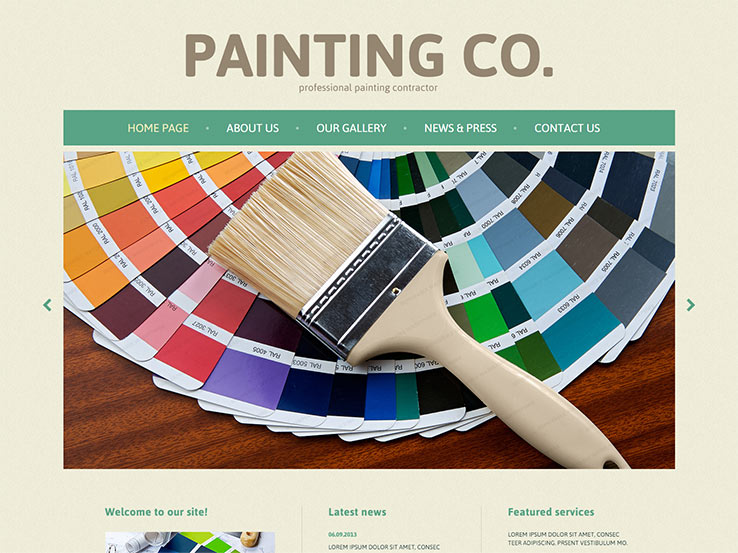Discover The Ways In Which Seasonal Variables Can Impact The Success Of Commercial External Painting And Identify The Most Effective Times To Attain Long Lasting Results For Your Project
Discover The Ways In Which Seasonal Variables Can Impact The Success Of Commercial External Painting And Identify The Most Effective Times To Attain Long Lasting Results For Your Project
Blog Article
Staff Writer-Leach Whalen
When you're intending a commercial external paint task, seasonal factors can make or damage your outcomes. You'll want to consider exactly how temperature and humidity influence paint application and drying times. Choosing the best period can guarantee your paint adheres properly and lasts much longer. But which periods are truly the very best for this type of job? Let's discover the crucial elements that can influence your task's success.
The Effect of Temperature on Paint Application
When you're planning an industrial exterior paint task, the temperature level can dramatically impact exactly how well the paint sticks and dries out.
Ideally, you want to repaint when temperatures vary in between 50 ° F and 85 ° F. If it's too chilly, the paint may not treat properly, causing concerns like peeling or breaking.
On the other side, if it's also warm, the paint can dry too promptly, protecting against correct attachment and causing an unequal finish.
You need to also consider the time of day; morning or late afternoon provides cooler temperatures, which can be more beneficial.
Constantly examine the supplier's recommendations for the details paint you're making use of, as they usually supply assistance on the suitable temperature level array for optimal outcomes.
Humidity and Its Effect on Drying Times
Temperature level isn't the only environmental variable that influences your industrial outside paint project; moisture plays a significant function as well. High moisture degrees can decrease drying out times significantly, impacting the general high quality of your paint task.
When the air is saturated with moisture, the paint takes longer to heal, which can lead to issues like bad attachment and a greater threat of mildew development. If you're painting on a specifically damp day, be prepared for extended delay times between layers.
It's essential to keep an eye on local weather conditions and strategy appropriately. Ideally, go for https://exterior-house-painters-n87664.bloggerchest.com/34983319/7-tips-for-picking-the-right-paint-firm in between 40% and 70% for optimal drying out.
Keeping these consider mind ensures your task stays on track and supplies a long-term finish.
Best Seasons for Commercial Outside Paint Projects
What's the best season for your business exterior painting jobs?
Spring and early fall are usually your best bets. During these periods, temperatures are mild, and moisture levels are often lower, creating optimal conditions for paint application and drying out.
Avoid summer season's intense heat, which can create paint to completely dry as well promptly, bring about poor attachment and coating. In a similar way, winter season's cold temperature levels can impede appropriate drying and curing, running the risk of the longevity of your paint work.
Aim for days with temperature levels between 50 ° F and 85 ° F for optimum results. Bear in mind to examine the neighborhood weather prediction for rainfall, as damp problems can spoil your project.
Planning around these aspects guarantees your painting project runs efficiently and lasts longer.
Conclusion
Finally, preparing your industrial outside painting tasks around seasonal factors to consider can make a substantial distinction in the outcome. By organizing Read More At this website throughout the excellent temperatures and humidity degrees, you'll make certain much better attachment and drying times. Keep in mind to watch on local weather forecasts and select the right time of year-- springtime and early autumn are your best bets. Taking these actions will aid you achieve a resilient and expert coating that lasts.
